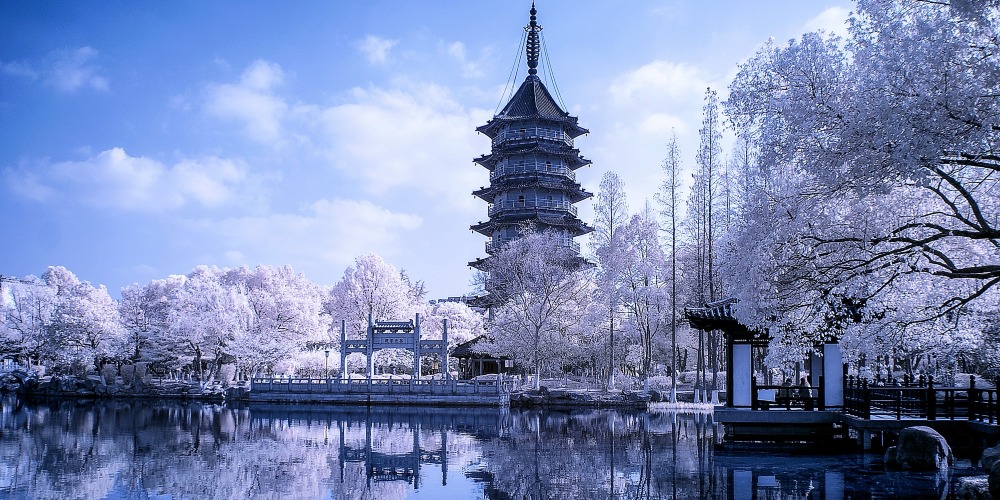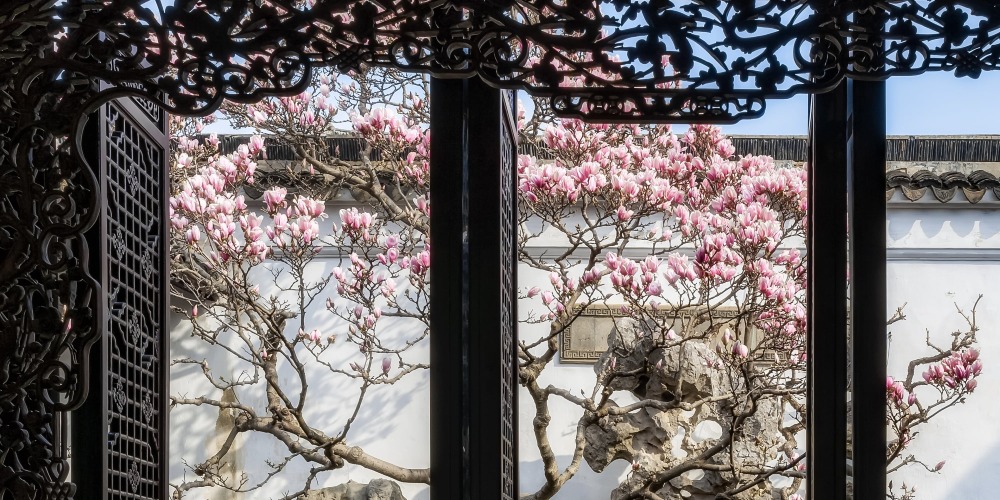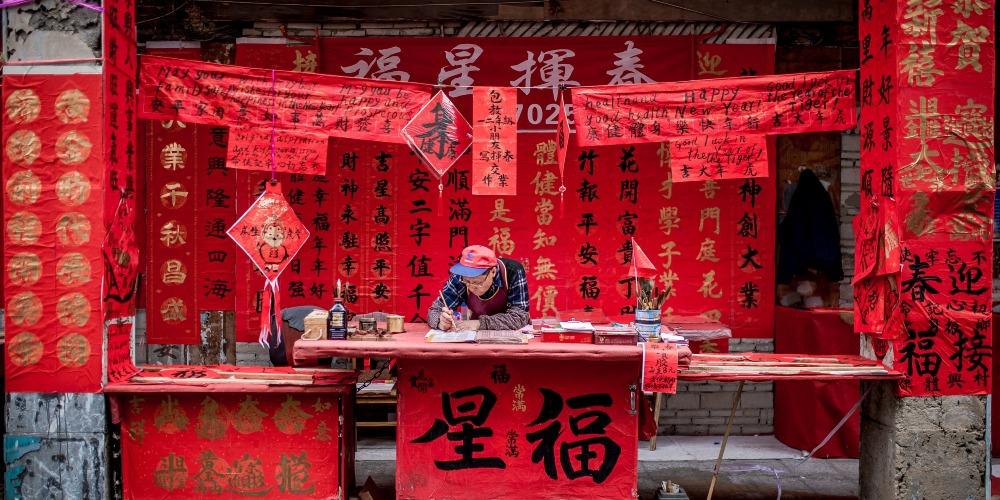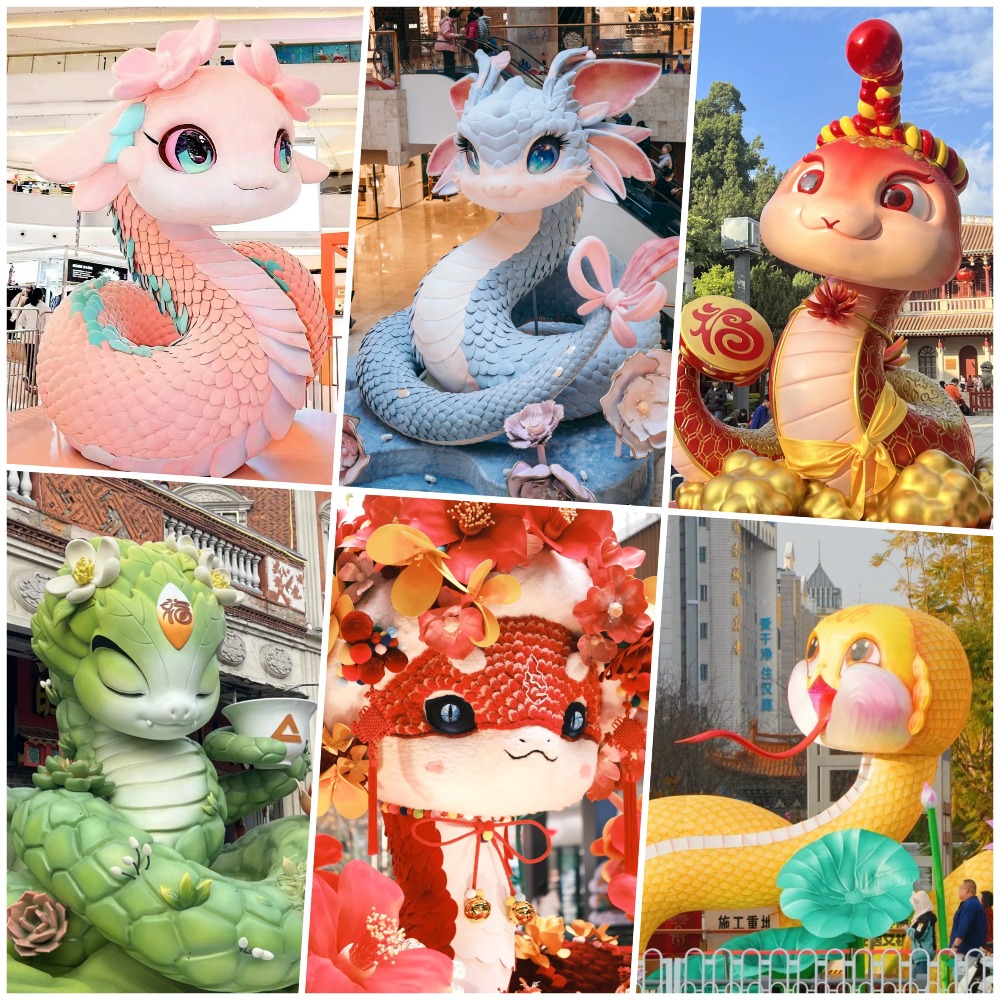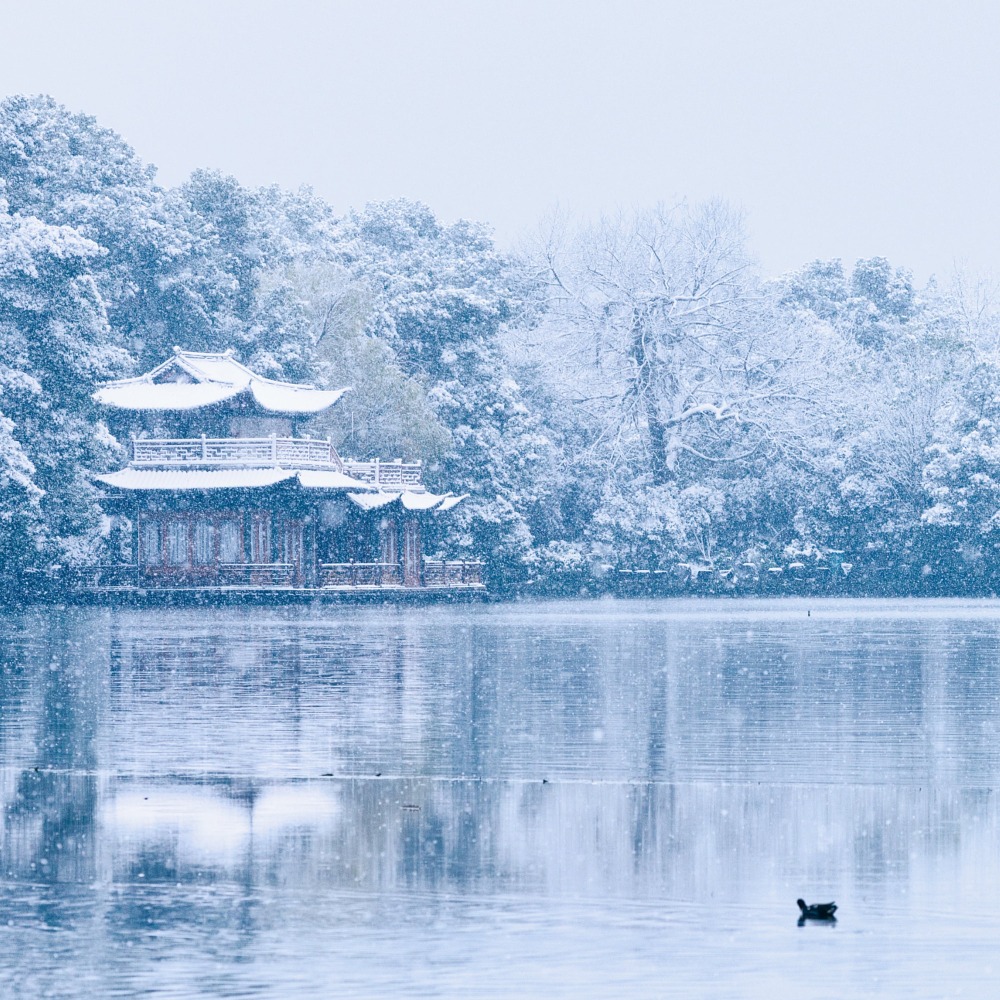Published : 2023-10-31
There are countless ancient pagodas in China with a wide variety of styles, but there is only one "pagoda inside a pagoda".
This millennial Buddhist tower, the only one built in the form of a "pagoda inside a pagoda," is located in Huzhou, Zhejiang, and is called Feiying Pagoda. When was the Feiying Pagoda built? And why was it constructed in such a unique way? Today, let's unveil the mystery together.
The only "pagoda inside a pagoda" in China
Huzhou, Zhejiang, has three unique features - Feiying Pagoda (飛英塔), the Mansion Temple (府廟), and Chaoyin Bridge (潮音橋).
The Feiying Pagoda, located in Wuxing District, Huzhou, has a rare structure of a tower nested within another tower. It is made up of two towers, the outer one being an octagonal, seven-story pavilion-style tower, and the inner one being a five-story, eight-sided stone carved tower. It is the only "pagoda inside a pagoda" in existence in China.
Feiying Pagoda was originally named as a stone pagoda. It's not hard to see that the ancient pagoda originally only had an inner tower, which can be traced back to the Tang Dynasty a thousand years ago.

According to records, a monk obtained seven relics and Buddhist treasures like a face print of King Ashoka feeding a tiger when he was in Chang'an (now Xi'an). After returning to Huzhou, he built a stone tower specifically to store these treasures.
So, why did a "lid" appear over the stone pagoda later? It turns out to be connected to a legend from the Northern Song Dynasty.

According to legend, during the Kaibao era of the Northern Song Dynasty (AD 968-976), the relics in the stone pagoda suddenly emitted divine light, illuminating the top of the tower and causing a sensation.
To protect the relics in the stone pagoda, people built a wooden tower around it, forming the unique structure of the "pagoda inside a pagoda", which is unique in the country.
Later, drawing from the Buddhist phrase "Relic flying wheel, radiating light everywhere," the stone tower was renamed from to "Feiying Pagoda," and this name has been used ever since.
Read more: Yuejiang Tower: The legend of the first tower in Jiangnan
The architectural aesthetics of the Feiying Pagoda
The Feiying Pagoda, known worldwide for its unique "pagoda inside a pagoda" structure, has undergone seven renovations and repairs over the following 700 years, mainly during the Yuan, Ming, and Qing dynasties.
During renovations, ancient architectural restoration experts discovered that all the pillars of the outer tower of Feiying Pagoda were built with large blue bricks. There is a "wooden keel" linking inside and outside every few meters, similar to the role of rebar in modern construction.

This architectural method is very ingenious. It does not affect the structure of the inner tower, strengthens the pavilion-style outer tower, and allows the Feiying Pagoda to stand for a thousand years without apparent tilting or sinking. It is no wonder people admire the architectural skills of the craftsmen of the Song Dynasty.
In modern times, the Feiying Pagoda also underwent a large-scale renovation. In 1961, the Feiying Pagoda was included in the first batch of cultural relics protection units in Zhejiang province.
In 1982, the restoration work of Feiying Pagoda began. It combined the features of ancient Chinese brick and timber architecture in a scientific way, allowing the thousand-year-old Feiying Pagoda to be thoroughly and scientifically preserved.

The Feiying Pagoda that we see today was restored in 1987, and the following year, the Feiying Pagoda officially became the first National Key Cultural Relics Protection Unit in Huzhou.
Although the Feiying Pagoda is no longer in its original form, the now towering, solemn and quaint Feiying Pagoda has become an indispensable unique scenery in Huzhou.
Read more: The "most Buddhist" province is Zhejiang?
